Home>Gardening & Outdoor>Plant Care & Gardening Tips>When Is Native Plant Growing Season In Australia
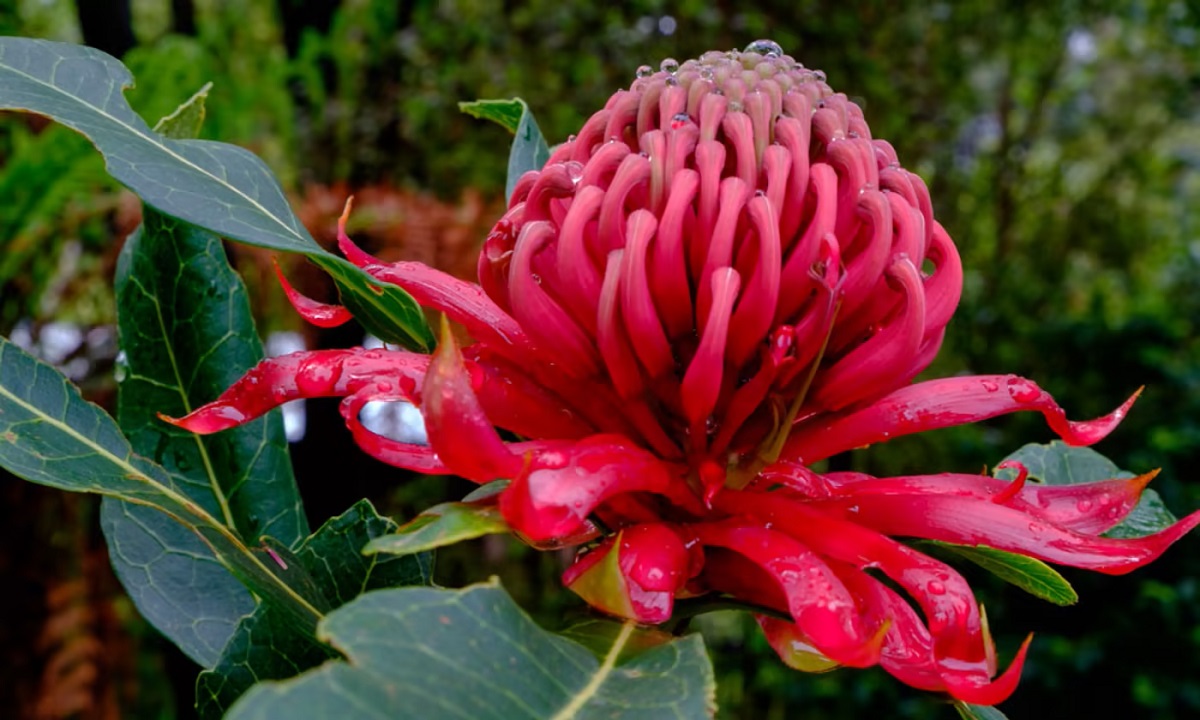

Plant Care & Gardening Tips
When Is Native Plant Growing Season In Australia
Modified: January 4, 2024
Discover the native plant growing season in Australia and get expert plant care and gardening tips to nurture your garden. Learn the best practices for maintaining a thriving garden.
(Many of the links in this article redirect to a specific reviewed product. Your purchase of these products through affiliate links helps to generate commission for Storables.com, at no extra cost. Learn more)
Introduction
When it comes to gardening in Australia, native plants hold a special place. With their unique adaptability to the diverse Australian climate and soil conditions, native plants are a popular choice for both experienced gardeners and beginners. Understanding the native plant growing seasons in Australia is crucial for successful cultivation and maintenance.
Native plants have evolved to thrive in specific environmental conditions, making them resilient and well-suited to the Australian landscape. By gaining insights into the growing seasons of native plants, gardeners can effectively plan and nurture their green spaces, contributing to the preservation of Australia's rich biodiversity.
In this comprehensive guide, we will delve into the intricate details of native plant growing seasons in Australia. From the factors influencing plant growth to region-specific variations, this article aims to equip you with the knowledge needed to cultivate and cherish native flora in your own backyard. So, let's embark on this insightful journey into the enchanting world of Australian native plants.
Key Takeaways:
- Australian native plants have unique growing seasons influenced by climate, soil, and rainfall. Understanding these patterns helps gardeners nurture vibrant and resilient green spaces.
- To cultivate native plants, research species, embrace diversity, water wisely, and support wildlife. By aligning with natural rhythms, gardeners contribute to Australia’s rich biodiversity.
Read more: When To Plant California Native Plants
Understanding Native Plant Growing Seasons
Native plant growing seasons refer to the periods when these plants exhibit active growth, flowering, and fruiting. Understanding these seasonal patterns is essential for nurturing native flora and ensuring their optimal development.
In Australia, the native plant growing seasons are influenced by various factors, including climate, rainfall patterns, temperature fluctuations, and soil composition. Unlike non-native species, native plants have adapted to the unique environmental conditions of different regions across the continent, leading to distinct growing seasons based on geographical location.
Furthermore, native plant species exhibit diverse growth habits, with some being evergreen, while others are deciduous or semi-deciduous. This variation in growth habits contributes to the complexity of native plant growing seasons, requiring gardeners to familiarize themselves with the specific characteristics of each species they intend to cultivate.
By comprehending the nuances of native plant growing seasons, gardeners can align their cultivation practices with the natural rhythms of these plants, fostering healthier growth and blooming cycles. Additionally, this understanding enables gardeners to make informed decisions regarding planting times, pruning schedules, and overall maintenance, ultimately leading to more vibrant and resilient native gardens.
As we delve deeper into the regional variations and factors influencing native plant growth in Australia, you will gain valuable insights into the intricate tapestry of native plant growing seasons, empowering you to cultivate and nurture these botanical treasures with confidence and expertise.
Factors Affecting Native Plant Growth in Australia
The growth of native plants in Australia is influenced by a myriad of factors, each playing a crucial role in shaping the unique characteristics of these botanical wonders. Understanding these factors is essential for successful cultivation and maintenance of native flora in diverse Australian landscapes.
1. Climate: Australia’s vast expanse encompasses a wide range of climatic zones, from tropical regions in the north to temperate and arid zones in the south. Native plant growth is intricately linked to these climatic variations, with different species adapting to specific temperature ranges, humidity levels, and seasonal changes.
2. Soil Composition: The diverse soil types across Australia, including sandy, clay-based, and loamy soils, significantly impact native plant growth. Certain species thrive in well-drained sandy soils, while others prefer the moisture retention properties of clay-based soils. Understanding the soil composition is vital for providing the appropriate growing conditions for native plants.
3. Rainfall Patterns: The irregular and often unpredictable rainfall patterns in Australia directly influence native plant growth. Species in arid regions have evolved mechanisms to survive prolonged droughts, while those in high rainfall areas may exhibit rapid growth during wet seasons. Adapting cultivation practices to mimic natural rainfall patterns is essential for nurturing native plants.
4. Native Habitats: Each native plant species has its own natural habitat, ranging from coastal dunes and rainforests to mountain ranges and arid plains. Replicating these habitats in garden settings, through careful selection of plant species and appropriate landscaping, can enhance the growth and resilience of native plants.
5. Indigenous Ecological Relationships: Native plants in Australia often have intricate ecological relationships with indigenous wildlife, including pollinators, birds, and insects. These relationships can influence the growth and reproduction of plants, making it essential to consider the broader ecological context when cultivating native flora.
By recognizing and respecting these influential factors, gardeners can create nurturing environments that support the natural growth and vitality of native plants. As we explore the specific growing seasons in different regions of Australia, you will gain a deeper appreciation for how these factors interplay with the rich tapestry of native plant life across the continent.
In Australia, the native plant growing season typically starts in spring (September to November) and continues through summer (December to February). It’s best to plant native species during this time for optimal growth and establishment.
Native Plant Growing Season in Different Regions of Australia
Australia’s vast and diverse landscape gives rise to a wide array of native plant growing seasons, each intricately linked to the unique climatic and environmental conditions of different regions. From the tropical splendor of the north to the temperate beauty of the south, native plant growth exhibits remarkable variations across the continent.
1. Tropical North: In the tropical regions of northern Australia, characterized by high temperatures and distinct wet and dry seasons, native plant growing seasons align with the monsoonal climate. Many native species exhibit vigorous growth during the wet season, with lush foliage and vibrant blooms adorning the landscape. The dry season, in contrast, may witness dormancy or reduced growth in certain species, as plants conserve energy and moisture during periods of limited rainfall.
2. Temperate South: The temperate regions of southern Australia experience four distinct seasons, each influencing native plant growth in unique ways. Spring heralds a burst of new growth and flowering, as dormant plants awaken from the winter chill. Summer brings forth vibrant blooms and lush foliage, while autumn sees the transition to dormancy in some species, accompanied by the dispersal of seeds and fruits. Winter may witness reduced growth and flowering in deciduous species, while evergreen plants continue to thrive, albeit at a slower pace.
3. Arid Outback: In the arid and semi-arid regions of central Australia, native plant growing seasons are intricately adapted to the harsh desert environment. Many native species exhibit remarkable resilience, with growth and flowering often coinciding with sporadic rainfall events. Some species may remain dormant for extended periods, emerging rapidly and blooming profusely following rare rain showers. Understanding the cyclical nature of growth and dormancy in arid-adapted plants is essential for successful cultivation in these challenging environments.
4. Coastal Regions: Australia’s extensive coastline harbors a wealth of native plant species adapted to the coastal environment. Growing seasons in coastal regions are influenced by salt spray, coastal winds, and sandy soils. Many coastal plants exhibit continuous or extended growing seasons, with flowering and fruiting occurring throughout the year. The maritime climate fosters the lush growth of salt-tolerant species, contributing to the unique beauty of coastal landscapes.
By recognizing the distinct growing seasons in different regions of Australia, gardeners can tailor their cultivation practices to align with the natural rhythms of native plants. This regional understanding forms the cornerstone of successful native plant gardening, allowing enthusiasts to create thriving and sustainable green spaces that honor the rich botanical heritage of Australia.
Tips for Cultivating Native Plants in Australia
Cultivating native plants in Australia is a rewarding endeavor that allows gardeners to connect with the country’s rich natural heritage while contributing to sustainable and biodiverse landscapes. Whether you are a novice enthusiast or a seasoned gardener, the following tips will guide you in successfully nurturing native plants in the Australian environment.
1. Research Native Species: Before embarking on your gardening journey, take the time to research and familiarize yourself with native plant species that are indigenous to your specific region. Understanding the natural habitat, growth habits, and seasonal patterns of these plants will inform your cultivation strategies and help you create thriving ecosystems in your garden.
2. Embrace Diversity: Australia boasts a diverse range of native plants, including flowering shrubs, groundcovers, grasses, and trees. Embrace this diversity by incorporating a variety of species in your garden, creating a harmonious tapestry of colors, textures, and forms. Diversity not only enhances the visual appeal of your garden but also supports a wide array of native wildlife.
3. Water Wisely: Adapt your watering practices to mimic natural rainfall patterns, especially in regions prone to drought. Many native plants have evolved to thrive in low-water environments, making them well-suited for water-wise gardening. Utilize mulching and efficient irrigation methods to conserve water and create optimal growing conditions for your plants.
4. Soil Preparation: Prior to planting, assess the soil composition and pH levels in your garden. Amend the soil as needed to provide an ideal growing medium for native plants. While some species thrive in well-drained sandy soils, others may require soil with higher moisture retention. Tailoring the soil to suit the specific needs of your chosen plants is essential for their long-term health and vitality.
5. Seasonal Maintenance: Align your gardening activities with the natural growing seasons of native plants. Prune and fertilize your garden following the completion of flowering and fruiting cycles, allowing the plants to conserve energy and prepare for the next phase of growth. Understanding the seasonal rhythms of native plants will enable you to provide targeted care throughout the year.
6. Support Wildlife: Native plants play a vital role in supporting indigenous wildlife, including birds, insects, and pollinators. Create habitat-rich environments by incorporating native plants that provide food, shelter, and nesting sites for wildlife. By fostering these ecological relationships, you contribute to the preservation of Australia’s unique biodiversity.
7. Community Involvement: Engage with local gardening communities, conservation groups, and native plant societies to exchange knowledge, share experiences, and participate in conservation efforts. Collaborating with like-minded enthusiasts fosters a sense of community and allows you to learn from the collective wisdom of experienced native plant gardeners.
By implementing these tips and embracing the innate beauty of native plants, you can cultivate vibrant and sustainable gardens that celebrate the natural splendor of Australia. Let your gardening journey be a testament to the enduring legacy of native flora, enriching your surroundings and nurturing the ecological tapestry of the land.
Read more: When To Plant Native Grass In Kansas
Conclusion
Embarking on the journey of cultivating native plants in Australia is a profound testament to the enduring beauty and resilience of the country’s botanical heritage. By understanding the intricate nuances of native plant growing seasons and the factors influencing their growth, gardeners can create sustainable and biodiverse green spaces that honor the rich tapestry of Australia’s natural landscapes.
As we have explored the diverse growing seasons in different regions of Australia, from the tropical north to the temperate south and the arid outback, it becomes evident that native plants have adapted to thrive in a wide array of environmental conditions. Their resilience and unique growth habits offer a wealth of opportunities for gardeners to connect with the land and foster ecosystems that support indigenous flora and fauna.
By embracing diversity, water-wise practices, and seasonal maintenance tailored to native plant rhythms, enthusiasts can create gardens that not only showcase the beauty of Australian flora but also contribute to the conservation of precious ecosystems. The cultivation of native plants extends beyond individual gardens, playing a vital role in preserving the country’s rich biodiversity and ecological balance.
Furthermore, community involvement and knowledge sharing within local gardening communities and conservation groups foster a sense of collective stewardship, nurturing a shared commitment to the preservation of native plant species. This collaborative spirit amplifies the impact of individual gardening efforts, contributing to the broader conservation and appreciation of Australia’s botanical treasures.
In essence, the cultivation of native plants in Australia is a harmonious dialogue between gardeners and the natural world, a conversation that transcends seasons and spans generations. It is a celebration of resilience, diversity, and the enduring beauty of native flora, enriching our lives and landscapes with their timeless presence.
As you embark on your native plant gardening journey, may the wisdom gained from this guide inspire you to cultivate thriving and sustainable green spaces that reflect the innate splendor of Australia’s botanical heritage. Let your garden be a living testament to the enduring legacy of native plants, nurturing the ecological tapestry of the land and fostering a deeper connection with the natural world.
Frequently Asked Questions about When Is Native Plant Growing Season In Australia
Was this page helpful?
At Storables.com, we guarantee accurate and reliable information. Our content, validated by Expert Board Contributors, is crafted following stringent Editorial Policies. We're committed to providing you with well-researched, expert-backed insights for all your informational needs.
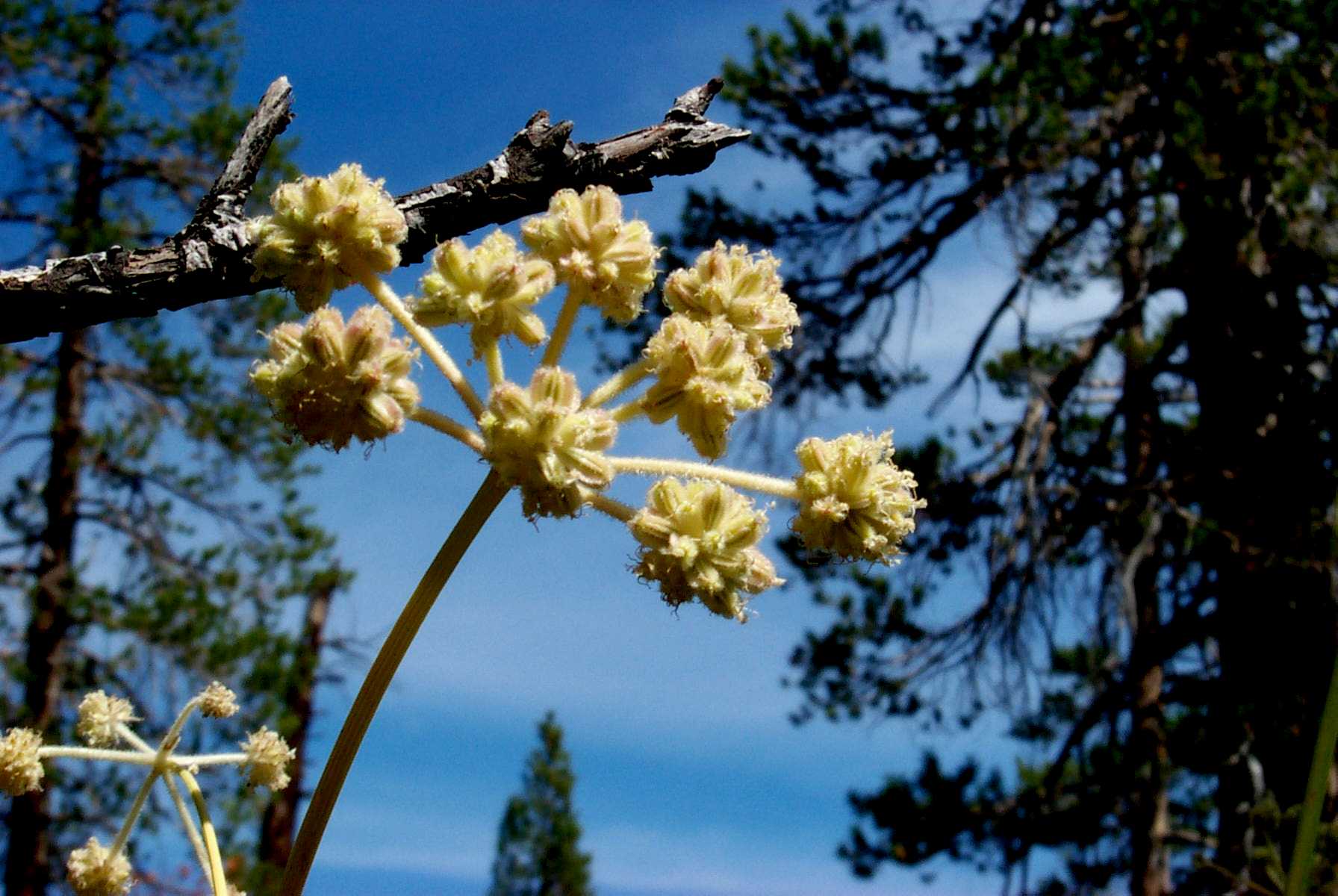
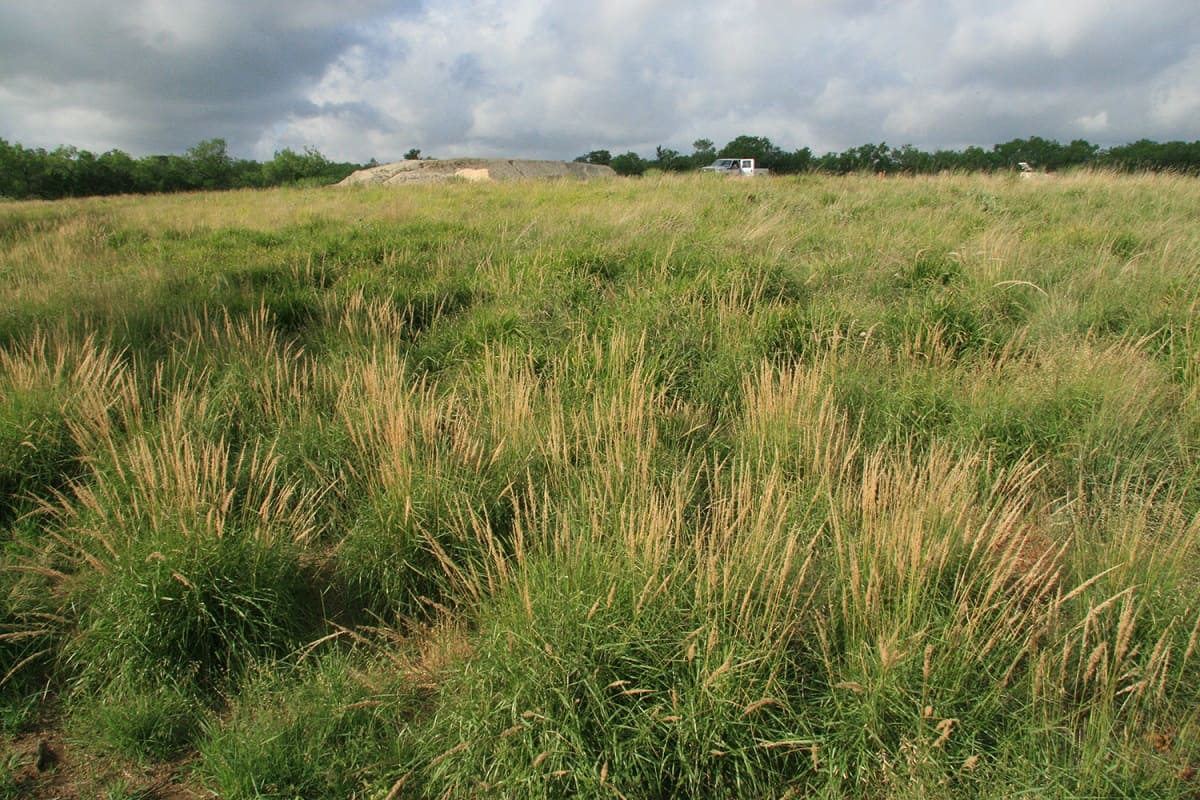
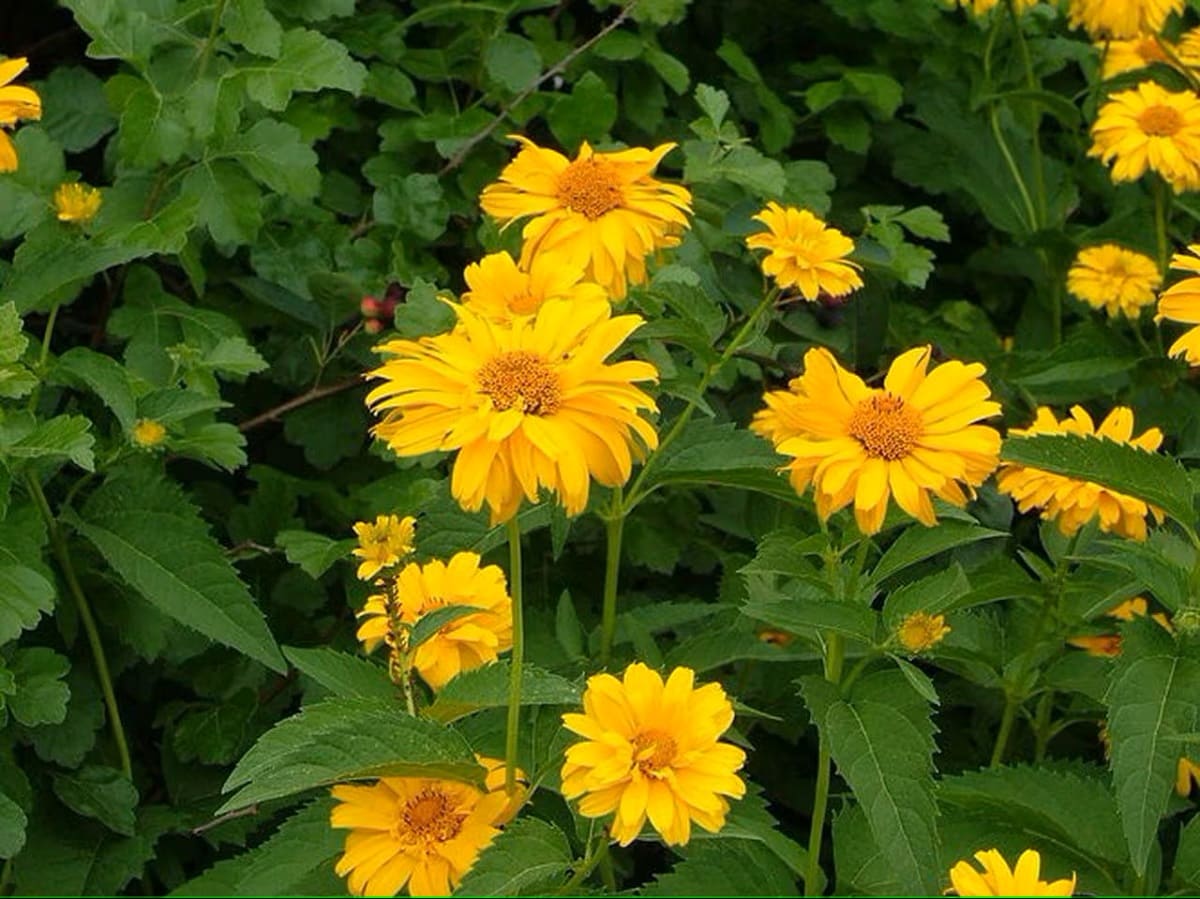
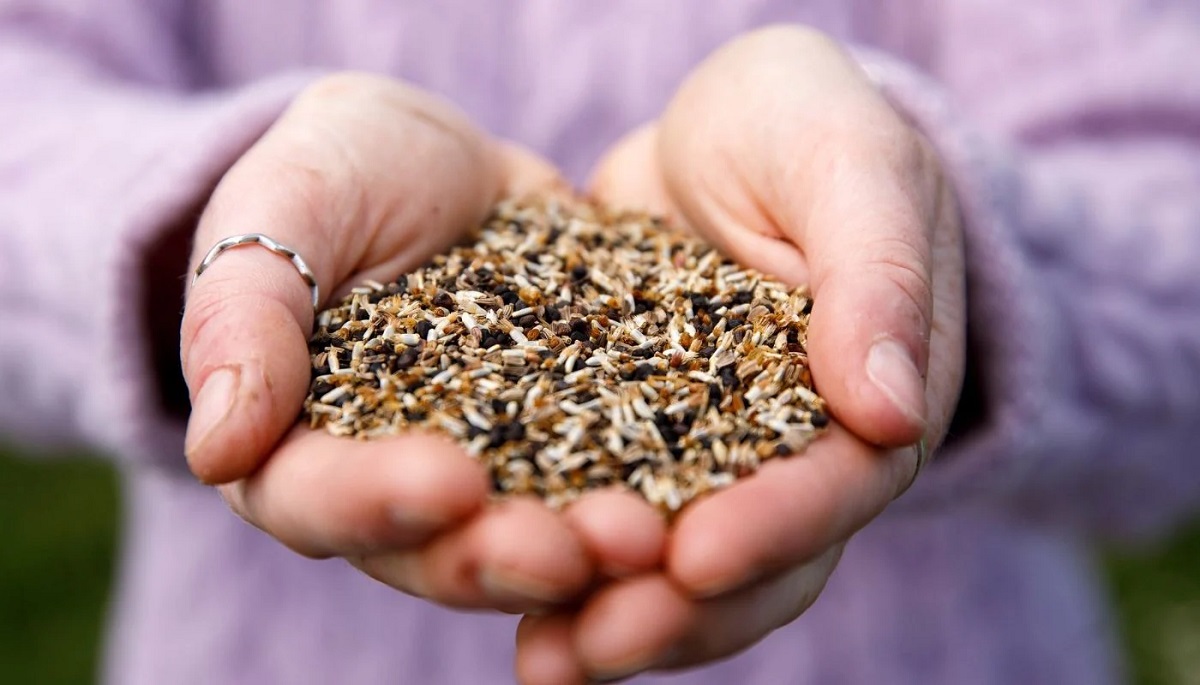
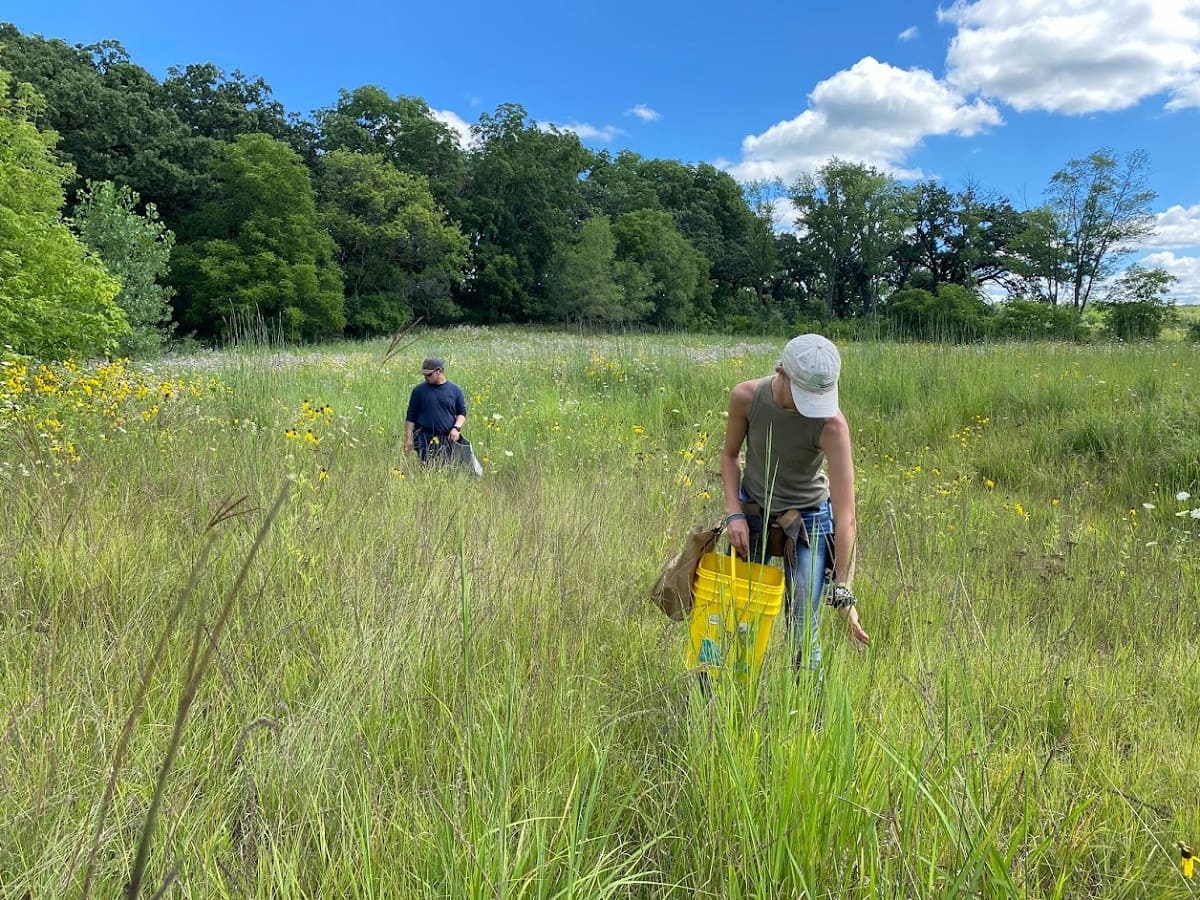
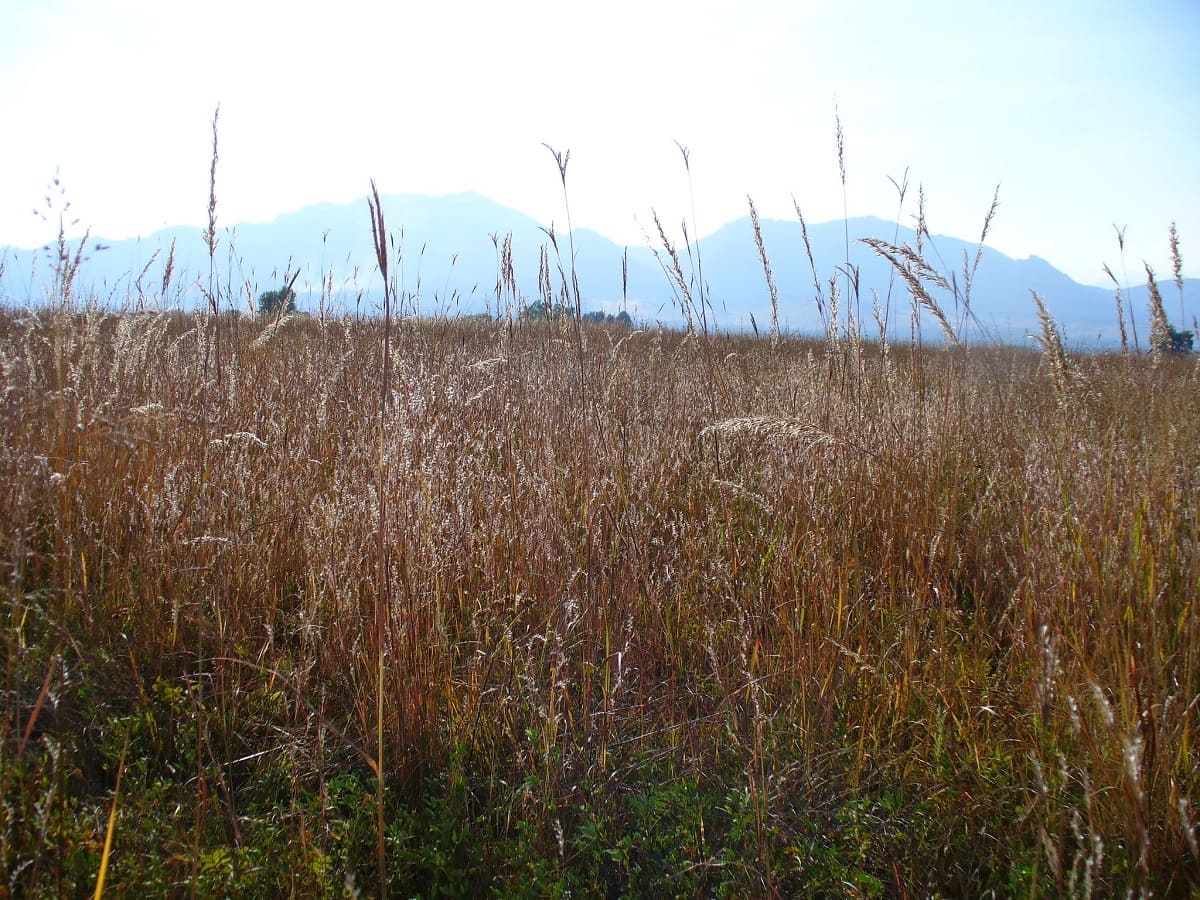
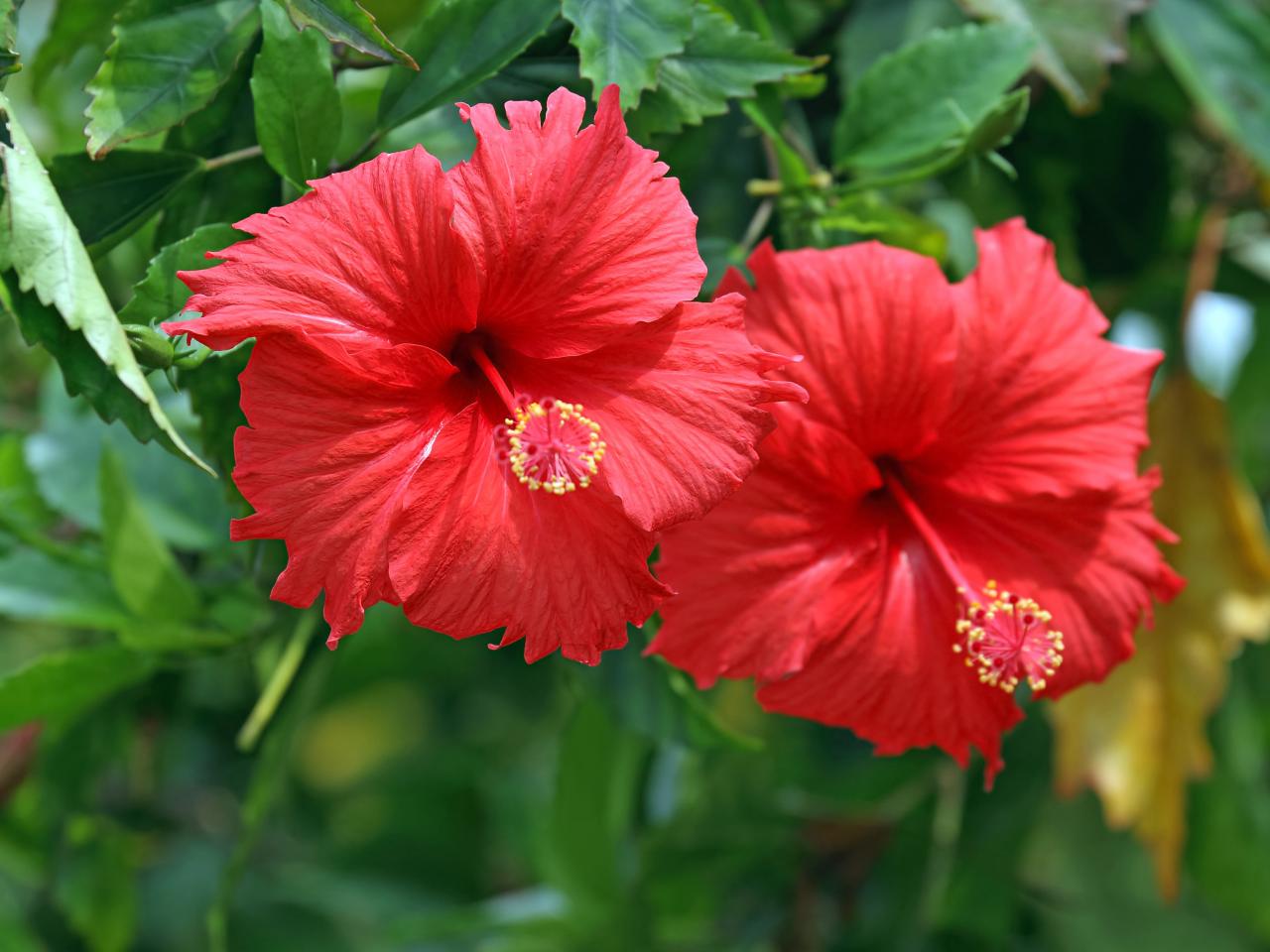
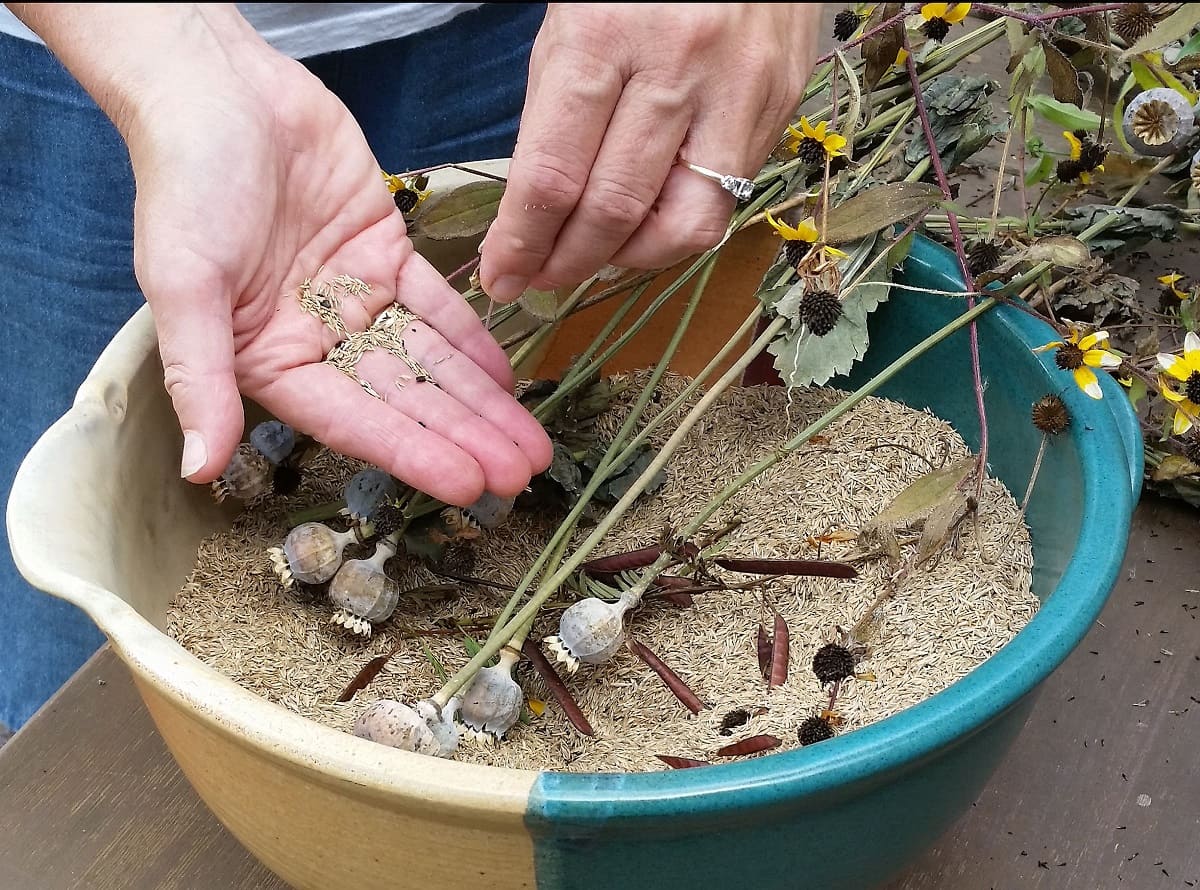

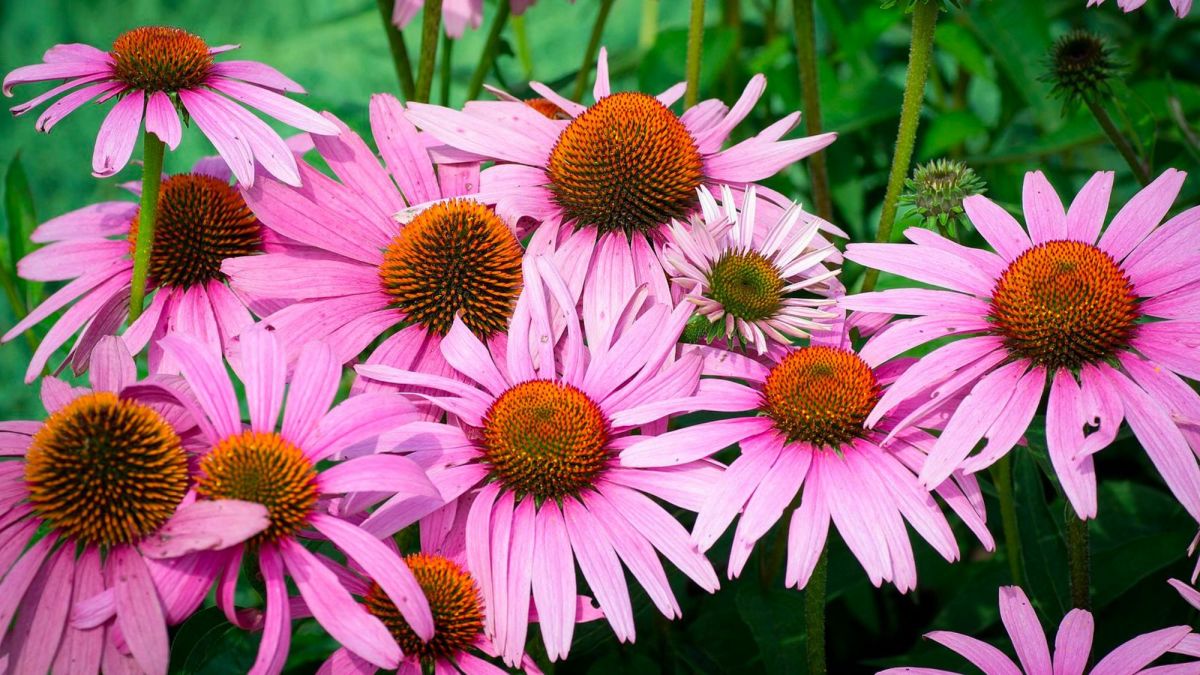
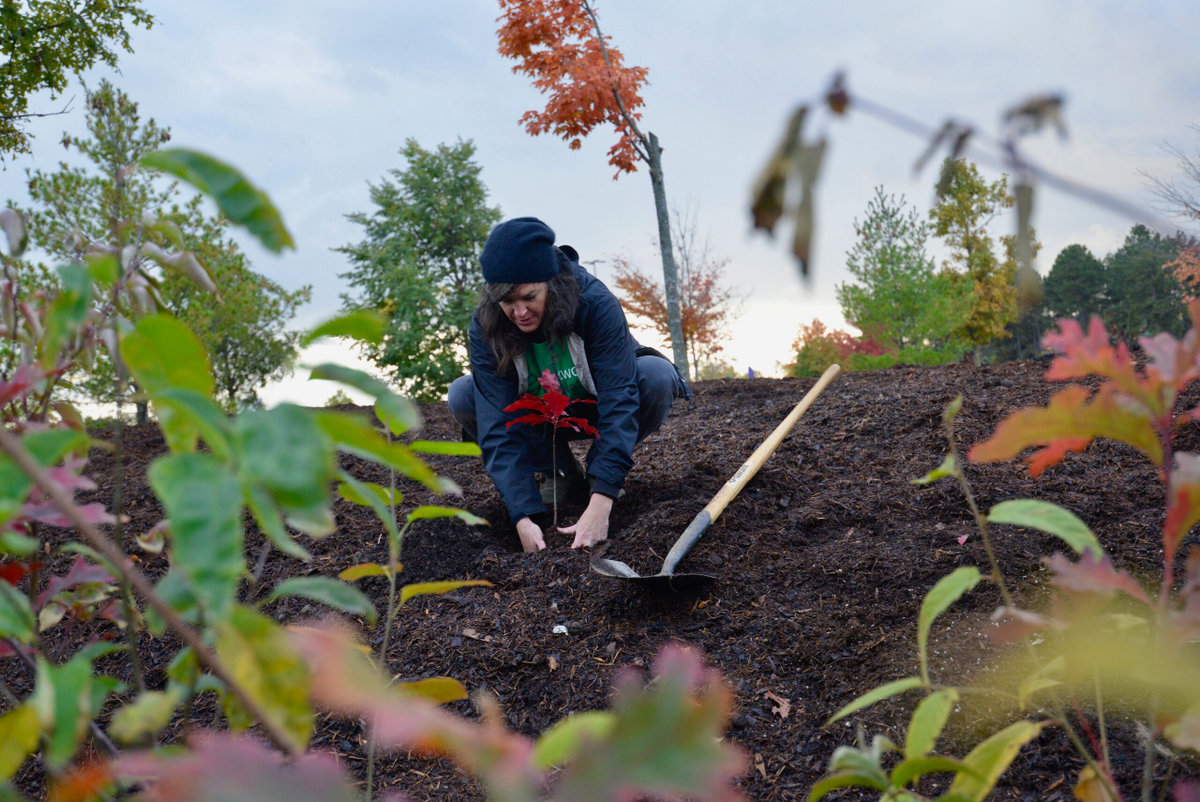
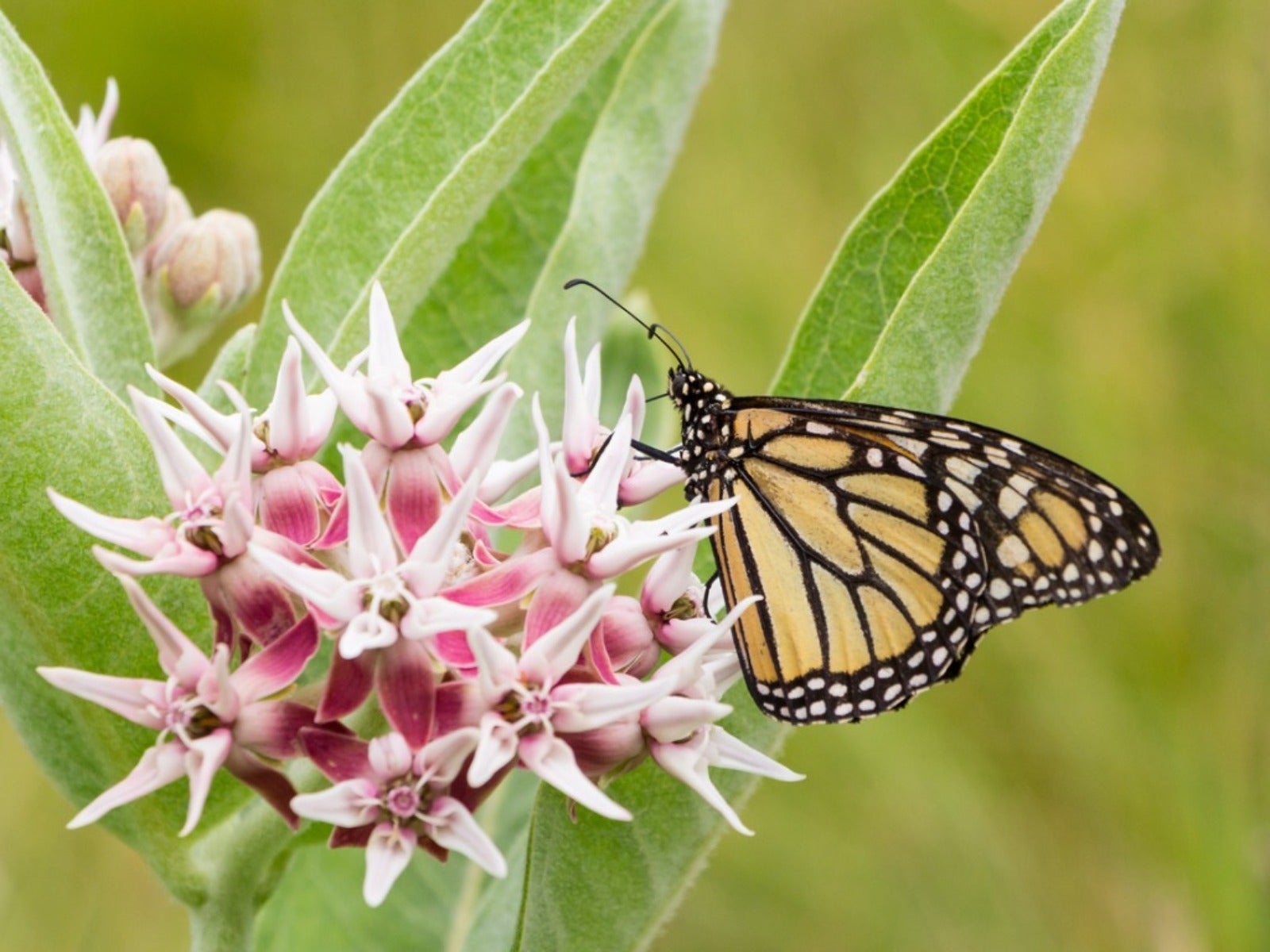
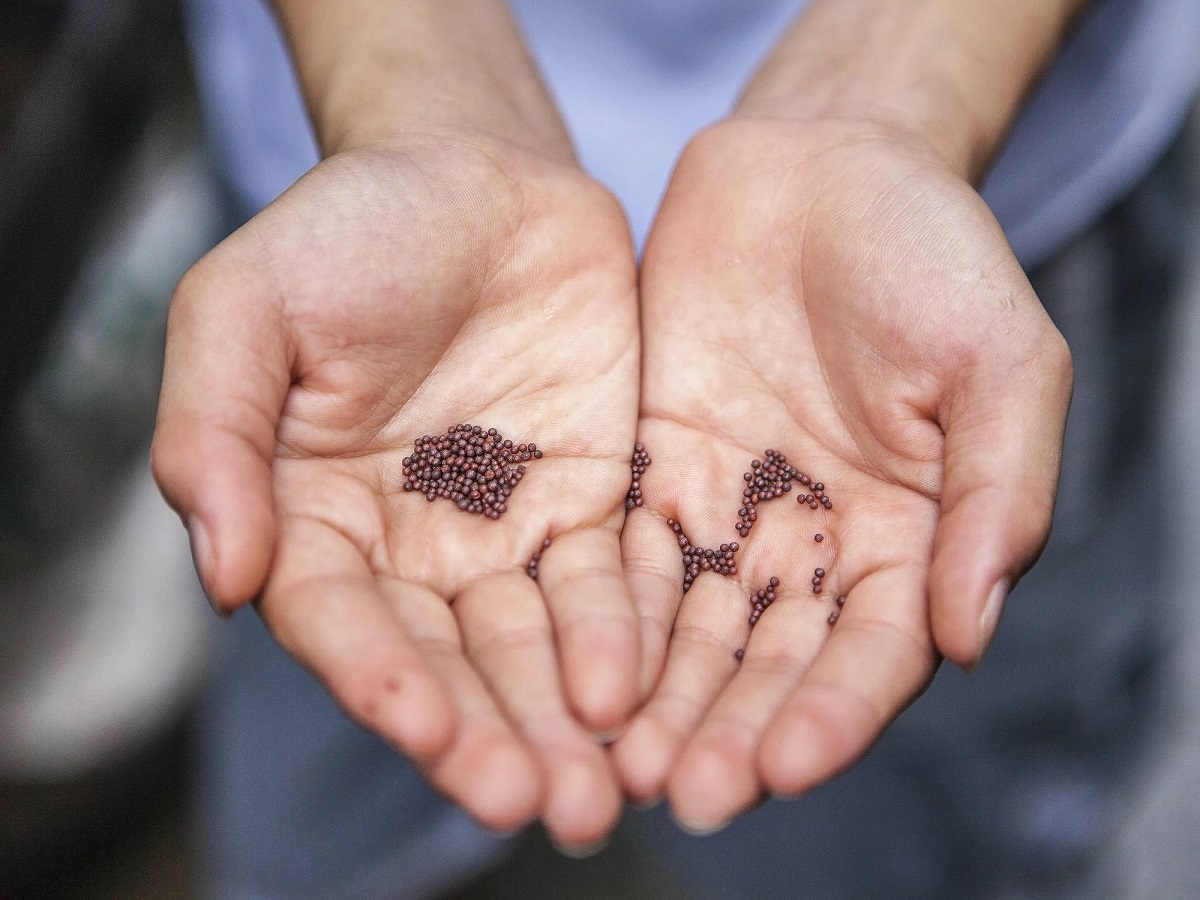
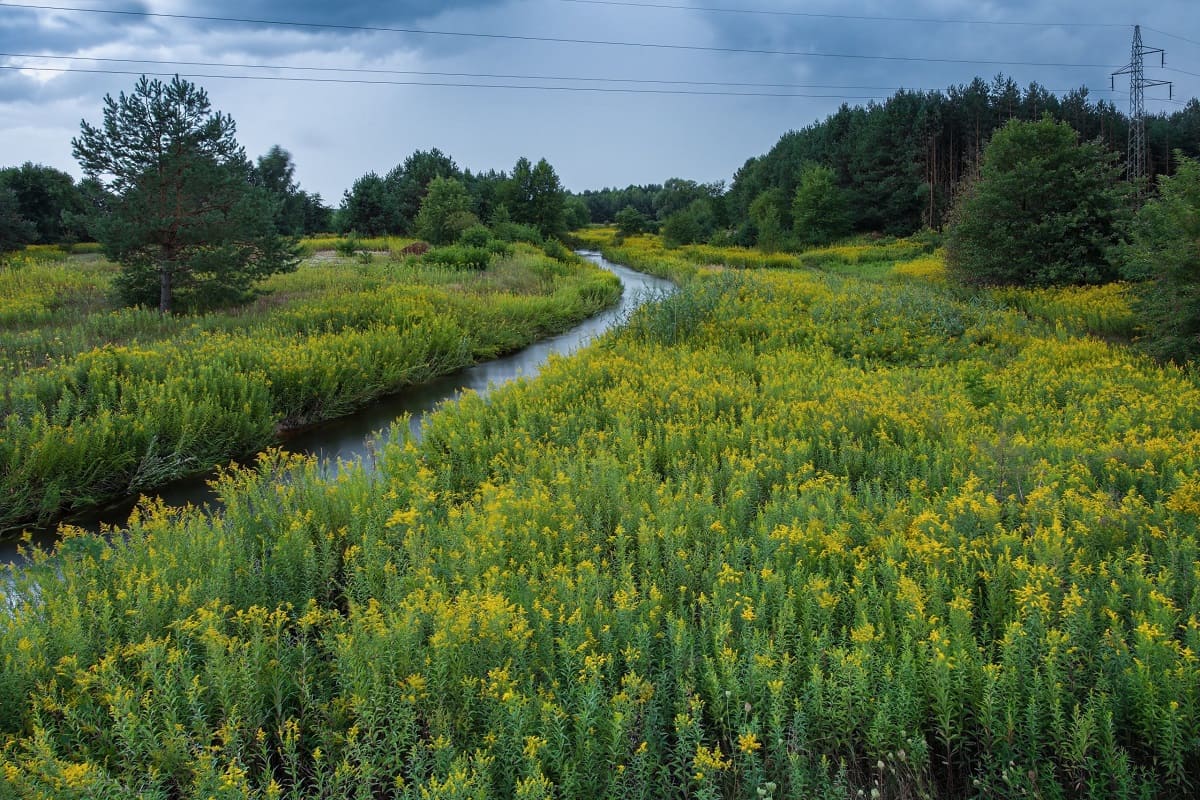

0 thoughts on “When Is Native Plant Growing Season In Australia”